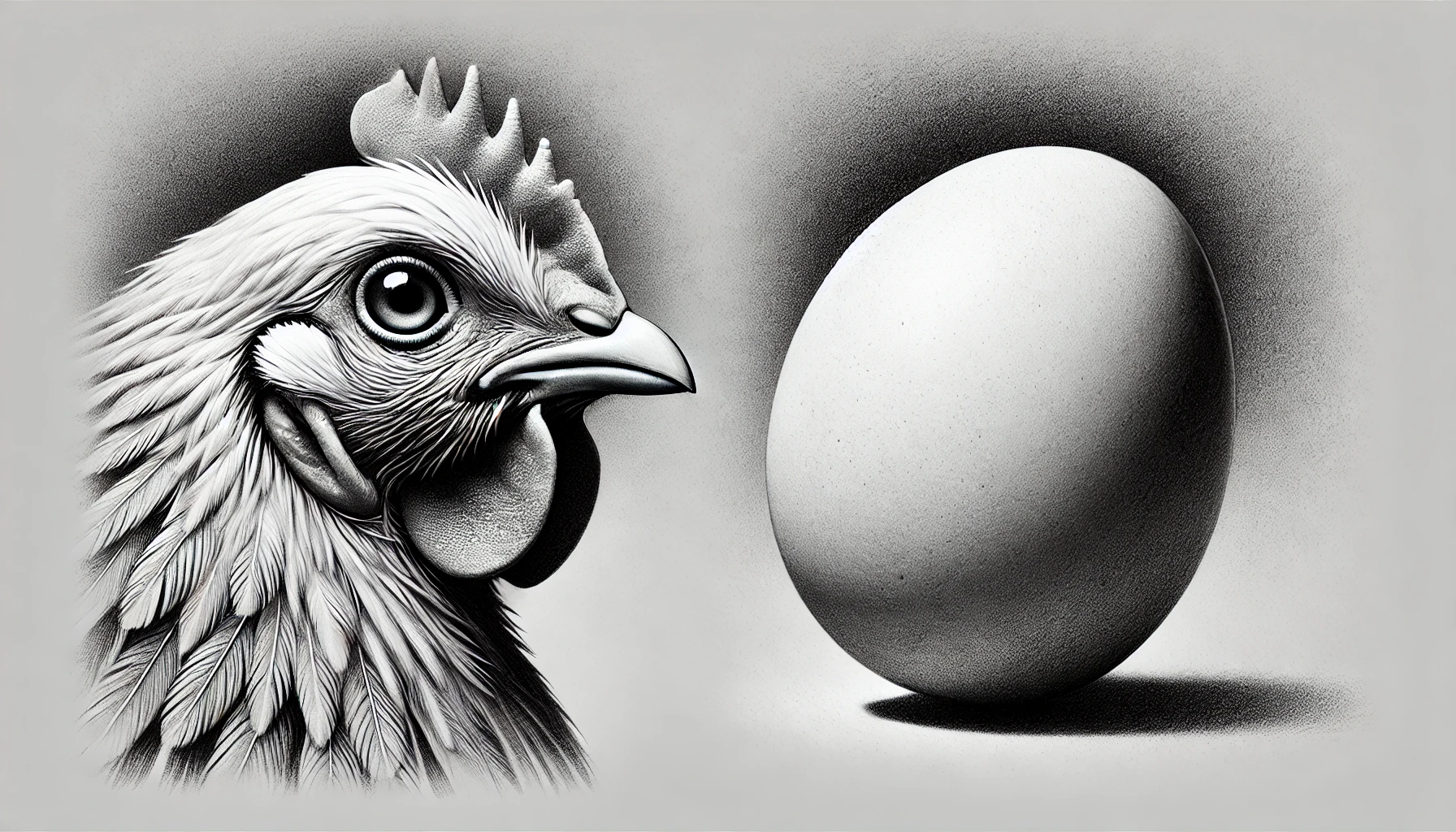And why most brands get it wrong.
What if the way you’re positioning your brand is the very reason it’s failing to connect with your audience?
Understanding the distinction between position and positioning could be your brand’s strategic breakthrough.
Position is a place.
Positioning is a process.
This isn’t just wordplay—it’s the difference between your brand being remembered or forgotten in a noisy marketplace.
The Power of Pure Perception
Unlike doctors bound by anatomy or athletes constrained by physics, positioning operates purely in the realm of perception. There are no physical limitations to what you can own in the customer’s mind.
This is why positioning is so powerful and requires a fundamentally different approach than other business disciplines. You’re not competing on features or capabilities; you’re competing for mental territory.
Let’s break it down.
Position:
The Mental Real Estate You Want to Own
Your position is the mental real estate you occupy in your customer’s mind. Think of it like a plot of land.
- Volvo owns “safety.”
- BMW owns “performance.”
- Mercedes owns “status.”
These are positions—nouns that define the mental space each brand dominates. When Volvo owns “safety” rather than just being “safe,” they claim the entire concept, not just a feature. When BMW owns “performance” rather than being “fast,” they dominate the category. This linguistic precision is critical – owning a noun means owning the mental category itself.
But here’s the paradox: most brands assume declaring a position is enough. They craft a positioning statement, write a catchy tagline, maybe even redesign their logo, and expect results. This is like planting a flag on a hill and assuming everyone will recognize your sovereignty.
Good luck with that.
Positioning:
The Strategy to Capture and Defend That Territory
Positioning is the process of making your claimed position credible, defensible, and enduring. It’s every decision, every action, every product innovation, and every customer interaction. Positioning is the campaign you wage to win and hold that mental real estate.
Consider Volvo again.
When they claim “safety,” they don’t stop at slogans. They back it up with decades of innovation: three-point seatbelts, crumple zones, and leading crash-test ratings. Every decision reinforces their position, earning trust and ownership of “safety” in their customers’ minds.
The Identity Resonance Advantage
To make your position stick, it must resonate with your customers’ identities—who they are or who they aspire to become.
Here’s why:
People make decisions based on identity, not just features. The strongest positions align with three levels of identity:
- Personal Identity:
How the brand reflects individual values. - Group Identity:
How the brand connects people to others like them. - Aspirational Identity:
Who the brand helps customers become.
Examples:
- Harley-Davidson: Not just motorcycles; a tribe for freedom-seeking rebels.
- Apple: More than technology; a badge of creative innovation.
- Tesla: Beyond cars; a statement of being an environmental pioneer.
Failing to resonate at these levels risks turning your position into empty rhetoric. Success transforms customers into advocates because your brand becomes part of their story.
A Simple Analogy
Position: What you want to be (noun).
Positioning: Everything you do to become it (verb).
It’s like a mountain:
- Position is the peak you aim to reach.
- Positioning is the journey—your strategy, tools, and actions to climb it.
A Practical Framework:
How to Own Mental Real Estate
Winning the battle for mental territory takes more than aspiration. Here’s a step-by-step framework to ensure your position doesn’t just exist but thrives.
- Define Your Position
- What mental territory do you want to own?
- How does this position align with your customers’ identities?
Example: Airbnb’s “Belong Anywhere” doesn’t sell lodging—it sells belonging, connecting deeply with customers’ desires for exploration and connection.
- Align Your Positioning
- Are your products, messaging, and experiences reinforcing your position?
Example: Lush Cosmetics aligns its anti-animal-testing stance with cruelty-free products and campaigns, creating a coherent brand experience.
- Test and Adapt
- Does your positioning evolve with market shifts and customer expectations?
Example: Netflix continuously refines its content library and user experience to maintain relevance while sticking to its position as the pioneer of streaming entertainment.
You can transform a position into unshakable mental ownership by consistently refining and reinforcing these steps.
Avoid these common mistakes:
- Claiming Without Proof:
Declaring a position (e.g., “most innovative”) without tangible actions erodes trust. - Inconsistency:
Saying one thing while doing another confuses customers. - Overcomplicating the Message: Simplicity wins. Your position should be a single idea, not a laundry list of features.
Tip: If your position doesn’t fit on a Post-it note, it’s too complex.
Beyond Marketing
Positioning isn’t a marketing function – it’s the atomic core that drives every business decision. When Volvo owns safety, it influences their engineering choices, hiring decisions, supplier relationships, and corporate culture. When Tesla owns the future of sustainable transport, it shapes everything from their retail strategy to their manufacturing processes. True positioning transforms organizations from the inside out.
When Position and Positioning Align
The true magic happens when your desired mental territory (position) is consistently supported by strategic positioning. That’s how you create an unassailable space in your market.
Look at Tesla, their position is clear:
“The future of sustainable transport.”
Their positioning is relentless: a direct-to-consumer model, supercharger networks, over-the-air updates, and groundbreaking battery innovation—all aligning with their aspirational identity as pioneers of a sustainable future.
Tesla doesn’t just talk about sustainability; they live it at every touchpoint.
Creating Categories
Sometimes the most powerful position is one that didn’t exist before. This is where positioning meets category design – the art of creating and dominating new mental territory. Tesla didn’t try to compete in the existing luxury car category; they created a new category of sustainable transport. By defining the category, they got to write the rules and own the space completely. This is positioning at its most transformative.
Winning vs. Losing the Positioning Battle
Winning
Apple’s “Think Different” campaign didn’t just sell products—it sold a narrative of creativity and innovation. Today, Apple is indispensable to its tribe of designers, artists, and visionaries.
Losing
Nokia, once a leader in mobile phones, faltered by focusing on features like durability while competitors captured aspirational identities like connectivity (Apple) and innovation (Samsung).
The lesson? A strong position must be continuously reinforced by strategic positioning to remain relevant.
Your Move
Position without positioning is just wishful thinking. Positioning without a clear position is a wasted effort. To win the battle for mental real estate, you need both.
Ask yourself:
- Are we willing to align every business decision with our desired position?
- Does our position resonate with our customers’ identities?
- Can we maintain this positioning consistently over time?
The strongest brands don’t just claim a position—they earn it. The question is: Are you ready to do the hard work of positioning to own it?
What position are you trying to own in your market? Share your thoughts below, and let’s explore how to make it a reality.



Leave a Reply
You must be logged in to post a comment.